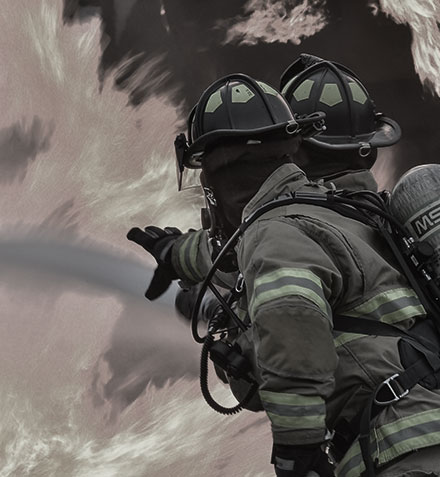What You Need to Survive for 72 Hours in a Disaster
If you had to evacuate your home for at least three days, what would you take with you and how quickly could you get ready? This is not a scenario that many people think about, but according to the US and Canadian governments, in case of an emergency, their citizens are expected to take care of themselves for at least three days, possibly away from their homes, until aid can be provided to them. To be prepared for an emergency it is necessary to put together an emergency kit ahead of time that you would be ready to take at a moment’s notice. Such a kit should contain all the essential items you and your family would need to be self-sufficient for at least 72 hours.
Go through your kit every year, replacing items like food, water, and batteries, checking that all tools and electronics you have included are in good working order, and updating your emergency household plan, if necessary.
Kit Preparation
Knowing what to do and where to go in case of an emergency is as important as preparing an emergency kit. Put together an emergency household plan detailing what to do in case of an emergency. This should include instruction on how to shut off water and electricity in your home, a location to meet in case you are separated, important emergency contacts, and details about special medical accommodations your family members may require. Keep a copy of this plan in your emergency kit and make sure that all members are familiar with it. When preparing your emergency kit start with essential items like food and water. A minimum of at least 2L of water per person per day is recommended. Take food that will not spoil and that is simple to prepare and eat. Freeze dried food is a good choice due to its light weight, portability, and long shelf life. Include a two-week supply of any prescription medication you need, as well as essential first aid items or a first aid kit. Include a flashlight and a radio for a source of light and a way to communicate. Crank powered version are preferred as replacement batteries may be difficult to find in an emergency. Lastly include spare keys to your house and car and some cash in small bills and coins. It is possible that your credit or debit card will not work in case of a widespread emergency situation.
Household Essentials
Once you have all these essential items you can start to include additional items, which you may need in case of a prolonged emergency. Make sure that your kit is easily portable, split it into multiple parts to be carried by household members if it is not. The most important of additional items is extra water, which you can use for cooking and cleaning. Water purifying tablets will also come in use if you run out of your water supplies. Take a sleeping bag or a warm blanket to keep you comfortable at night, as your sleeping conditions may change day-to-day and you may need to spend the night outdoors. Take some candles and a lighter to use as a backup for your flashlight and in case you need to start a fire. Any hygiene products you may need as well as toilet paper should be included as you may not have access to them for some time. A change of clothes and footwear is good to include and can be used to layer up in case of cold weather. Grab some basic tools like a hammer, pliers, a wrench, a multi-bit screwdriver, and some duct tape to use if you need to make your own shelter or take apart an obstacle. Lastly put a whistle in your kit to attract attention of others if you are in distress or get separated from the group. Make sure that all members of your household know where the kit is stored and know how to use the items inside it. Go through your kit every year, replacing items like food, water, and batteries, checking that all tools and electronics you have included are in good working order, and updating your emergency household plan, if necessary.
Emergency Items
More often than not an emergency situation is not something we are able to predict, so it is best to prepare for one in advance. By following this guide and preparing your emergency kit you will keep you and your family safe in case disaster strikes and save yourself a great deal of stress. Remember to pack the essentials items like food, water, medication, flashlight, radio, and cash first, then add other useful items like extra clothing, blankets, hygiene products, and basic tools.






